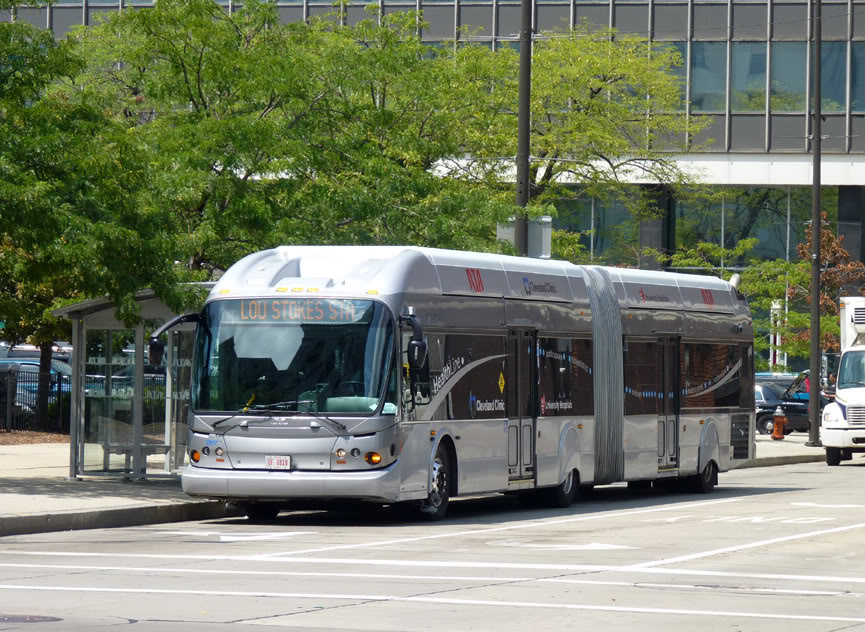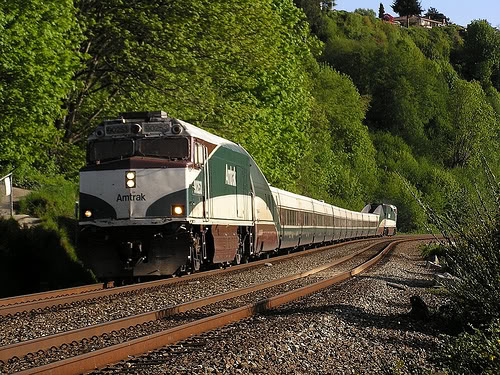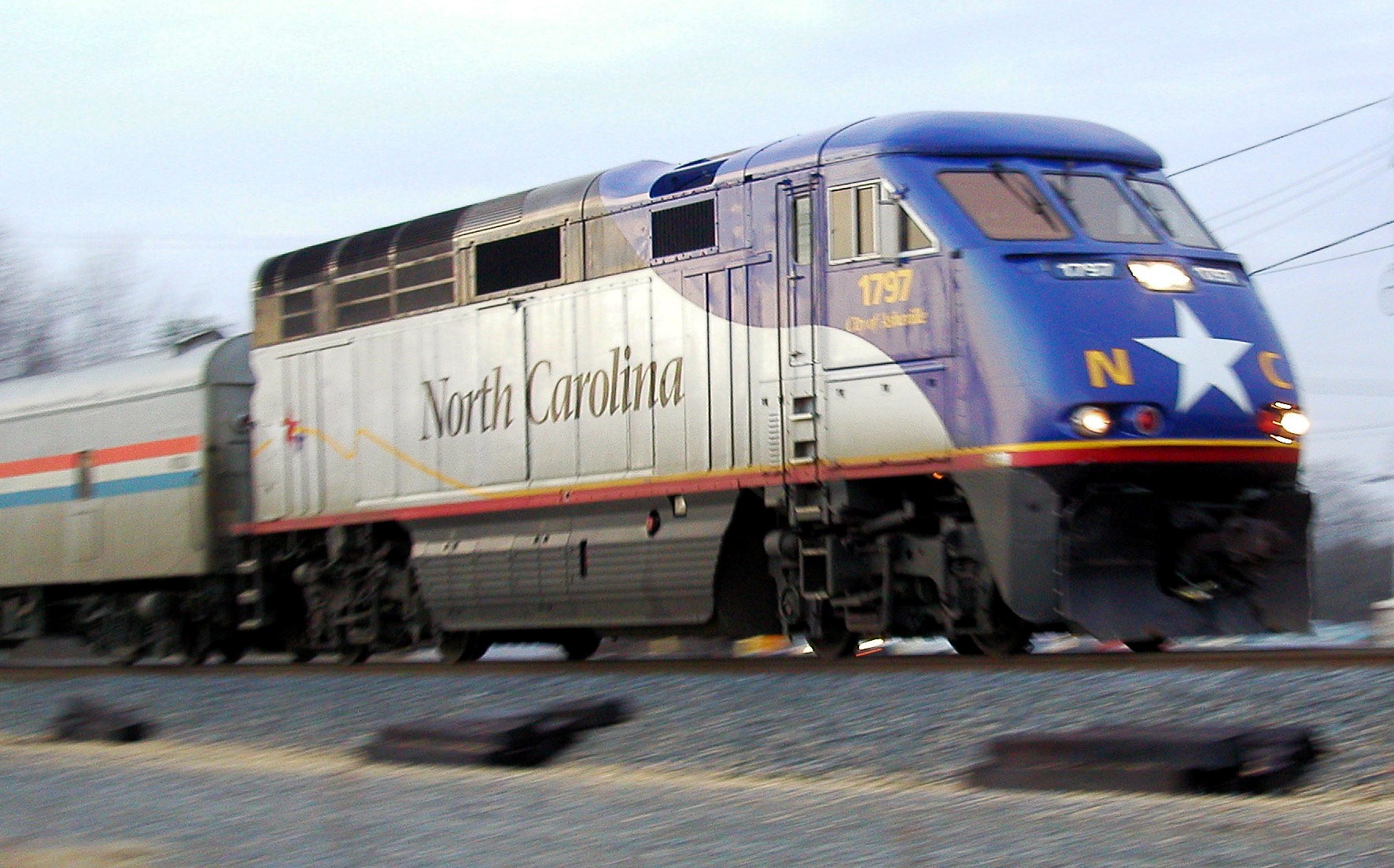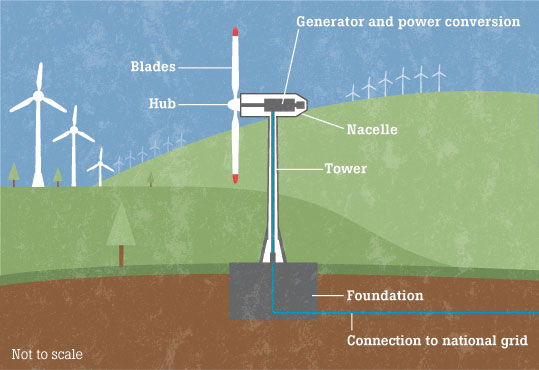A column of essays about Sustainable Energy & Transport, Transport for Economic Opportunity, and the Climate Catastrophe which our nation and the globe is plummeting toward, aided and abetted by vested interests and staunch defenders of the status quo. After a corridor realignment, Sunday Train has been running out of Voices on the Square as its origin Station since July 2012. BruceMcF is the lead author, and accepts submissions. Frequency is mostly weekly, normally sometime Sunday evening, except when life happens in such a way that it isn't.
 Over the balance of this year, you are likely to hear more and more about our broken Highway Funding system. For instance, William Moore, of the consultancy group Vianovo and member of the Transportation Transformation Group,
Over the balance of this year, you are likely to hear more and more about our broken Highway Funding system. For instance, William Moore, of the consultancy group Vianovo and member of the Transportation Transformation Group,  This week's Sunday Train features a piece from
This week's Sunday Train features a piece from  At the beginning of last month, Paul Druce of "Reason & Rail" discussed the possible impact of the pending upgrade of the Amtrak Acela route in
At the beginning of last month, Paul Druce of "Reason & Rail" discussed the possible impact of the pending upgrade of the Amtrak Acela route in  The Southeast HSR corridor can be divided between the "real" SEHSR corridor, where there is actual, ongoing work on improving the speed and, even more critically, the capacity of the corridor in support of services that will begin operating within the current decade, and the "notional" SEHSR corridor, the land of feasibility studies and preliminary planning, where even if a pedal to the metal intercity rail investment program were to commence in 2017, any new services entering into operation before the latter half of next decade would be subsidized conventional rail service.
The Southeast HSR corridor can be divided between the "real" SEHSR corridor, where there is actual, ongoing work on improving the speed and, even more critically, the capacity of the corridor in support of services that will begin operating within the current decade, and the "notional" SEHSR corridor, the land of feasibility studies and preliminary planning, where even if a pedal to the metal intercity rail investment program were to commence in 2017, any new services entering into operation before the latter half of next decade would be subsidized conventional rail service. This last week, in the comment section of the
This last week, in the comment section of the  Well, Sunday Train has the analysis of a couple of intercity rail projects in the queue, but for a weekly column devoted to renewable energy and transport issues to focus on some early stage preliminary analysis of an intercity rail corridor while ignoring the release of the updated final environmental impact analysis would be like some supposed weekend "in depth analysis" new show to ignore the release of that analysis in favor of covering the breaking news that New Jersey politicians play dirty (true story).
Well, Sunday Train has the analysis of a couple of intercity rail projects in the queue, but for a weekly column devoted to renewable energy and transport issues to focus on some early stage preliminary analysis of an intercity rail corridor while ignoring the release of the updated final environmental impact analysis would be like some supposed weekend "in depth analysis" new show to ignore the release of that analysis in favor of covering the breaking news that New Jersey politicians play dirty (true story). In early December,
In early December,